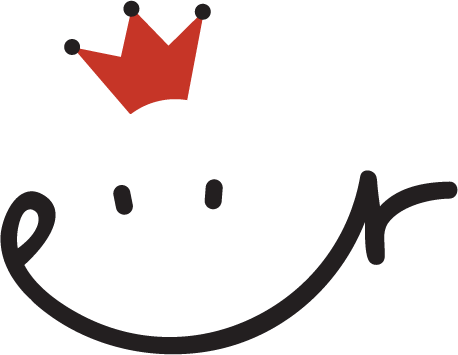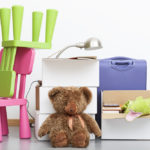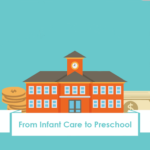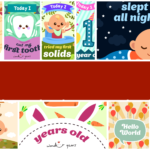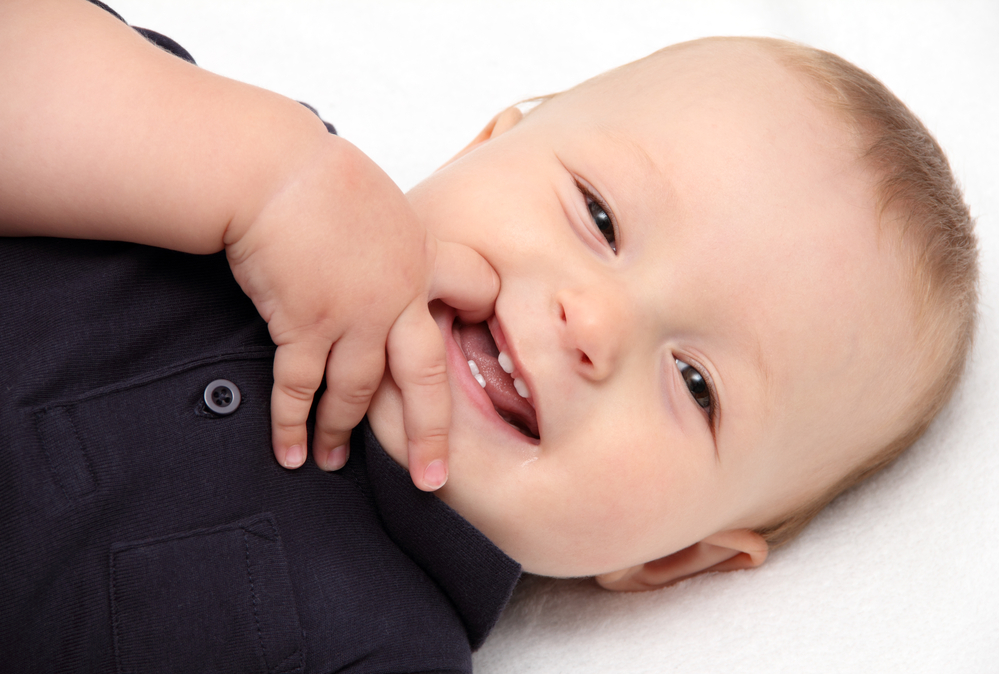
According to Healthhub, your baby may get his/her first teeth from as early as 3 months old or as late as 12 months old. Around that age, if you notice drooling, swollen gums and/or frequent face rubbing, your baby might just be teething.
Teething is uncomfortable and your baby is likely to fuss in the weeks before a tooth erupts.
Baby Teeth Chart
Fortunately, baby teeth come in according to a more or less predictable schedule. This helps you to be prepared for their appearance and to ease your baby’s discomfort.
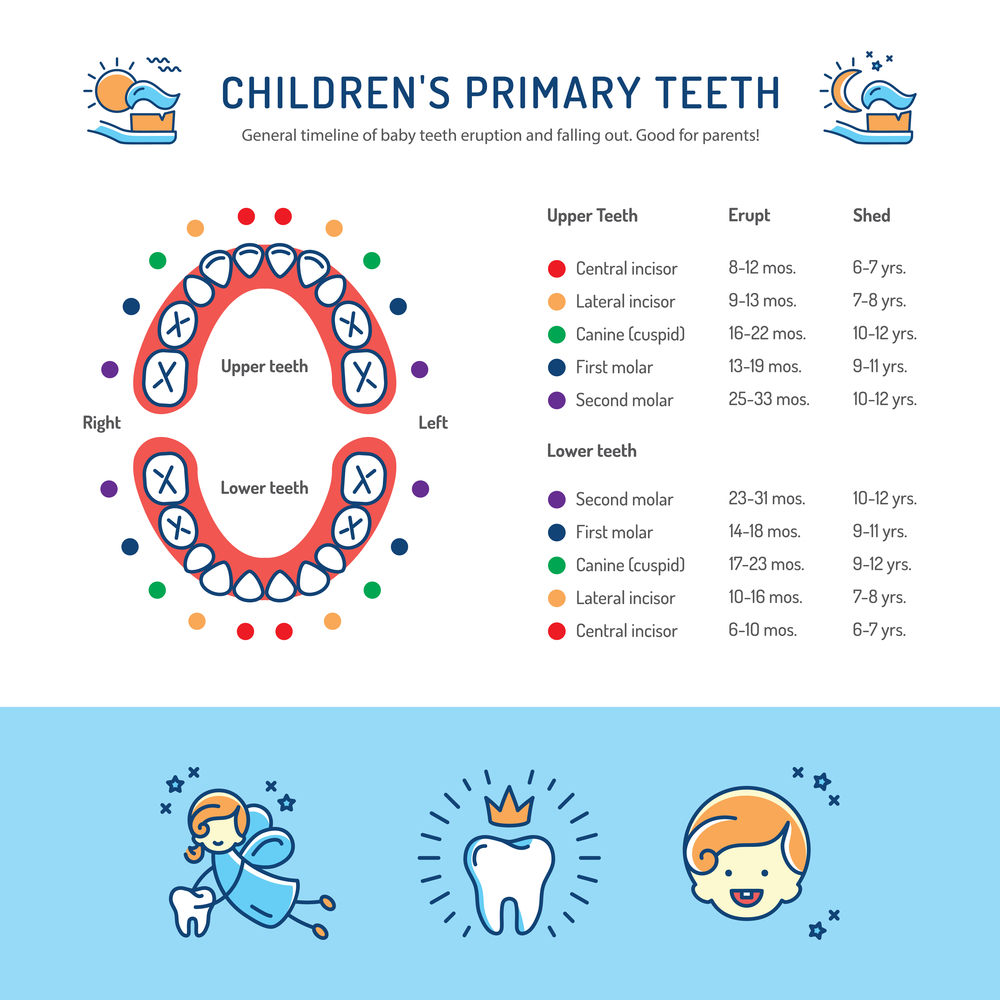
This baby teeth chart shows the approximate schedule, which your baby will experience teething. Generally, your baby may get a new tooth every 2 months until he/she is almost 3 years old. The good news is that while teething may cause your baby to be cranky from the discomfort, he/she may not experience teething pains each and every time a new tooth erupts.
Read also: How to Care for Your Baby’s Gum and First Teeth
When will my baby’s teeth fall out?
Based on the baby teeth chart, baby teeth start falling out at around 6 years of age, most likely beginning with the one they got first. When the time is ripe, an emerging permanent tooth will start pushing against your baby’s baby tooth, causing it to be wiggly and loose. The loose baby tooth will then fall out in a few days or a week or two.
Extraction is usually not necessary; unless your baby has other dental complications, such as tooth decay or accidental injuries in baby tooth.
Caring for your baby’s teeth
You can start caring for your baby’s gums right after birth with a soft moistened cloth, gauze or cotton ball after each feed or during bath times.
Once you spot baby’s first tooth, it is important to start taking care of them because they are placeholders that reserve space for your baby’s permanent teeth to come and are essential for developing speech and food chewing in the early years.
According to Q&M Dental, decay in baby teeth could mean a higher disposition of decay in the adult teeth.
Here are some tips on how to take care of your baby’s teeth:
1. Get the right toothbrush
Choose toothbrushes that are appropriately sized for your baby’s mouth with a soft brush, small head and a large handle. Soft brush heads are more gentle on your baby’s tooth and gums and a large handle makes it easier to maneuver the brush. Subsequently, this makes it easier for your toddler to handle brushing independently when he/she is older.
2. Child-appropriate toothpaste
Wet toothbrush and apply baby toothpaste in a grain-sized amount before brushing around your baby’s tooth, front and back. You can switch to a pea-sized amount of fluoride-based toothpaste when your child is 3 years and above, and he knows how to spit the used toothpaste out of his mouth.
3. Check for tooth decay
Check your baby’s teeth periodically for any signs of tooth decay, such as brown, grey or white spots or pits on his teeth. Bring your baby to a paediatric dentist if and once you spot any.
4. Schedule the first dental visit
Even if there aren’t any noticeable problems with your baby’s teeth, it is good practice to schedule his first dental visit by the age of 1.
Read also: Baby’s First Food: Healthy Weaning Recipes to Start off With
If you’re feeling tired from taking care of your teething baby at the moment, do remember that teething problems are temporary!
We hope this simple guide helps you handle your baby’s teething with more ease.

